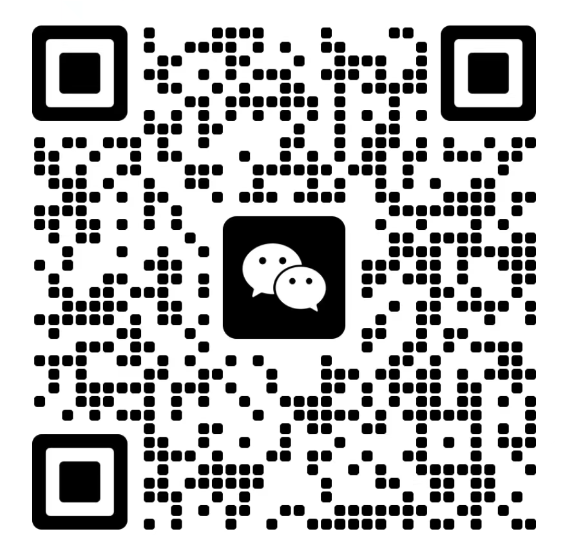# 外文论文摘要翻译质量评价与优化技巧摘要,该主题聚焦外文论文摘要翻译,质量评价方面,涉及准确性,即译文与原文信息是否一致;流畅性,看语句是否通顺自然;专业性,…
# 外文论文摘要翻译质量评价与优化技巧摘要,该主题聚焦外文论文摘要翻译,质量评价方面,涉及准确性,即译文与原文信息是否一致;流畅性,看语句是否通顺自然;专业性,考量术语翻译是否精准,优化技巧上,译者需提升语言能力,掌握源语与目标语特点;积累专业知识,熟悉相关领域术语;借助工具,如翻译软件辅助;完成后反复校对修改,确保译文质量,提升外文论文摘要翻译水平 。
Evaluation and Optimization Techniques for the Translation Quality of Foreign Academic Paper Abstracts
I. Evaluation Criteria for Translation Quality of Foreign Academic Paper Abstracts
Accuracy
- Lexical Accuracy: The translated terms should precisely correspond to the original words in the foreign language abstract. For example, in a medical paper abstract, specialized terms like "myocardial infarction" must be translated as "心肌梗死" accurately, without any ambiguity or misinterpretation.
- Semantic Accuracy: It is crucial to convey the exact meaning of the original text. Sometimes, a word - for - word translation may not capture the true intent. For instance, the phrase "put forward a new approach" should be translated as "提出一种新方法" rather than a literal but less idiomatic version.
- Factual Accuracy: Any data, figures, or facts presented in the abstract should be translated without errors. If the original abstract states "The experimental group showed a 30% increase in efficiency," the translation should accurately reflect this as "实验组效率提高了30%."
Readability
- Grammatical Correctness: The translated abstract should follow the grammatical rules of the target language. In Chinese, for example, sentence structures should be in line with standard Chinese grammar, with proper subject - verb - object order and correct use of particles.
- Coherence and Cohesion: The ideas in the translated abstract should flow smoothly. Transitions between sentences and paragraphs should be natural. For example, using appropriate connectives like " (in addition), " (however) to link different parts of the content.
- Idiomatic Expression: The translation should use natural and commonly - used expressions in the target language. Avoid awkward or literal translations that sound foreign. For example, instead of translating "think outside the box" as "在盒子外面思考", a more idiomatic Chinese translation could be "突破常规思维".
Consistency
- Terminological Consistency: The same term in the original abstract should be translated consistently throughout the translated version. For example, if "algorithm" is translated as "算法" at the beginning, it should not be changed to "演算法" later in the abstract.
- Style Consistency: The overall style of the translation, whether formal or informal, should be maintained consistently. Academic paper abstracts usually require a formal style, so the translation should use formal vocabulary and sentence structures throughout.
II. Common Problems in Translation of Foreign Academic Paper Abstracts
Literal Translation
- Some translators may rely too heavily on word - for - word translation, resulting in awkward and unnatural expressions. For example, translating "The sky is blue" as "天空是蓝色的" is fine in a simple context, but in an academic abstract, a more refined expression might be needed depending on the overall tone.
- In more complex sentences, literal translation can completely distort the meaning. For instance, "The results knock down the previous theory" translated literally as "结果击倒了先前的理论" makes no sense in Chinese. A more appropriate translation could be "研究结果推翻了先前的理论".
Lack of Subject - Matter Knowledge
- Without a good understanding of the specific field of the academic paper, translators may misinterpret technical terms or concepts. For example, in a physics paper, misinterpreting "quantum entanglement" could lead to a completely wrong translation, affecting the overall quality of the abstract.
- In a biological paper, not knowing the correct Chinese names for certain species or biological processes can result in inaccurate translations.
Ignoring Cultural Differences
- Different cultures have different ways of expressing ideas. For example, in Western academic writing, direct and straightforward expressions are often used, while in Chinese academic writing, a more indirect and polite tone might be preferred in some cases. Ignoring these cultural differences can make the translation seem out of place.
- Some metaphors or idioms in the original language may not have equivalent expressions in the target language. Translating them literally can cause confusion.
III. Optimization Techniques for Translation Quality of Foreign Academic Paper Abstracts
Pre - translation Preparation
- Research on the Subject Matter: Before starting the translation, gather information about the field of the academic paper. Read relevant Chinese and foreign literature to familiarize yourself with the common terms, concepts, and writing styles in that area.
- Build a Glossary: Create a glossary of key terms in both the source and target languages. This will ensure terminological consistency throughout the translation. For example, in a computer science paper, list terms like "artificial intelligence," "machine learning," and their Chinese equivalents.
During - translation Strategies
- Flexible Translation: Instead of sticking to literal translation, use flexible translation methods. Paraphrase when necessary to convey the meaning accurately and naturally. For example, if the original sentence is "The new method simplifies the complex process," a flexible translation could be "新方法使复杂的过程得以简化", which sounds more natural in Chinese.
- Contextual Analysis: Pay close attention to the context of the abstract. The meaning of a word or phrase may vary depending on the surrounding text. For example, the word "model" can have different meanings in different contexts, such as a mathematical model, a fashion model, or a business model. Analyze the context to determine the correct translation.
Post - translation Review
- Self - review: After completing the translation, read it through carefully. Check for grammatical errors, inaccuracies, and unnatural expressions. Make necessary revisions to improve the overall quality.
- Peer Review: Have a colleague or a professional in the same field review the translation. They can provide valuable feedback on the accuracy of the technical content, the idiomaticity of the expressions, and the overall readability.
- Back - translation: In some cases, back - translation can be used as a review method. Translate the Chinese translation back into the original language and compare it with the original abstract. This can help identify any major deviations in meaning. However, it should be noted that back - translation may not always be a perfect method due to the differences between languages.
本文来源于网络,不代表爱论文写作网立场,转载请注明出处:http://www.ilunwen.cc/gongxue/3475.html



 微信扫一扫打赏
微信扫一扫打赏 支付宝扫一扫打赏
支付宝扫一扫打赏

